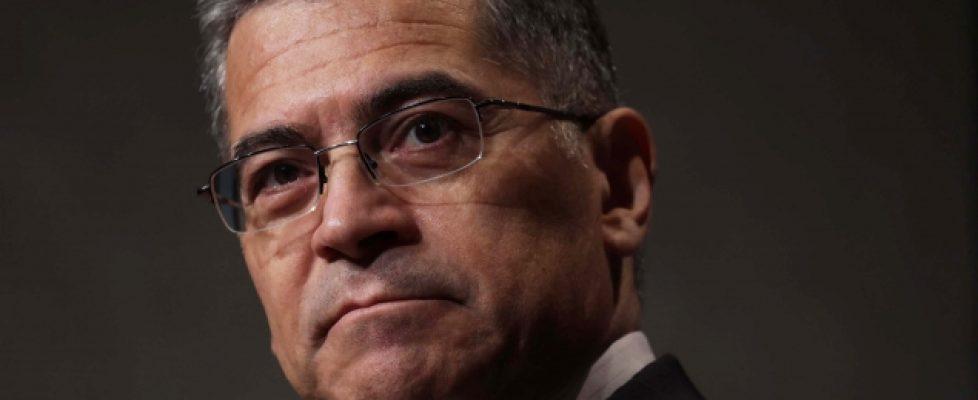HHS extends public health emergency for the 11th time
The current 90-day extension ends on January 11, 2023.
The Biden Administration has extended the public health emergency for the 11th time since the declaration was first made in January 2020.
Health and Human Services Secretary Xavier Becerra issued another 90-day declaration on Thursday, October 13. The current extension ends on January 11, 2023, Telehealth waivers, granted under the public health emergency, will expire 151 days after the end of PHE.
Former HHS Secretary Alex Azar issued the first declaration on January 31, 2020, as the COVID-19 pandemic was just beginning to ramp up in the United States. Azar renewed the PHE on April 21, 2020, July 23, 2020, October 2, 2020, and January 7, 2021.
Becerra continued those renewals on April 15, 2021, July 19, 2021, and October 15, 2021, and this year on January 14, April 12 and July 15.
In late January 2020, days before Azar declared a public health emergency for the first time, there were five total cases reported in the U.S. All of those infected had traveled from Wuhan, China, where the virus originated.
WHY THIS MATTERS
The extension was expected as political pundits speculated that the Biden administration would keep the PHE in place through the midterm elections and the end of the year.
Also, HHS promised to give providers 60 days’ notice before ending the public health emergency, and that deadline passed in mid-August.
While the number of new coronavirus cases in the United States is tracking down this month over September, the number of new daily cases is more than 38,000, with 328 deaths daily, according to the Centers for Disease Control and Prevention.
Hospitals have long said that COVID-19 is not over. The pandemic continues to impact them in the number of admissions, the strain on their workforce and rising expenses. The American Hospital Association has continuously asked the federal government for more provider relief funds to help alleviate the financial strain, saying hospitals have not gotten any new funds to help with the Delta and Omicron variants. Half of hospitals are expected to show negative margins for 2022, according to a Kaufman Hall executive.
The daily average of new COVID-19 admissions is 3,271, with total current admissions at 21,230, according to the CDC.
Added to this the slow uptake among Americans to get vaccinated or to receive booster doses. The number of people over the age of 5 who have received the first vaccine shot is just over 35%, according to the CDC. About one-third of adults have received the booster aimed at the Omicron variant, which remains highly transmissible going into the fall and winter seasons when people spend more time indoors.
THE LARGER TREND
The PHE has allowed hospitals to take advantage of waivers for flexibilities such as telehealth and acute hospital care at home. A continuous eligibility required has kept people enrolled in Medicaid. An estimated 15 million could lose this coverage when the PHE ends.
In August, HHS gave signals of a wind-down to the PHE when the Centers for Medicare and Medicaid Services released a road map to the end of the public health emergency.

